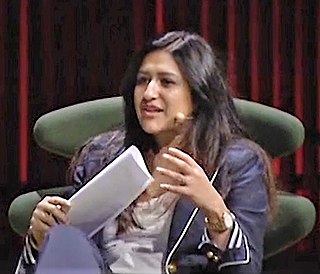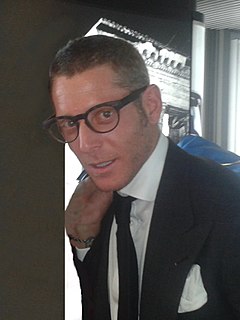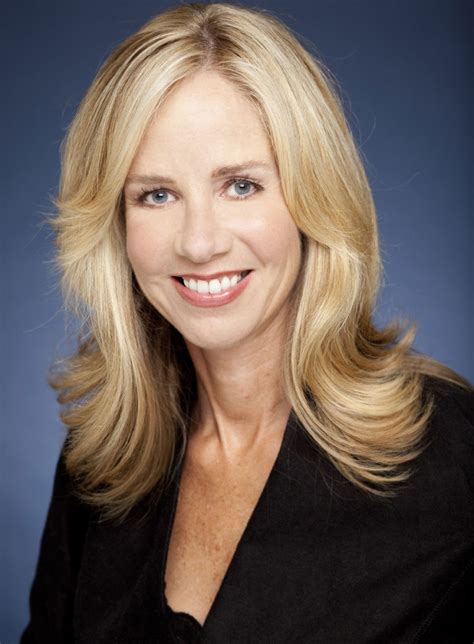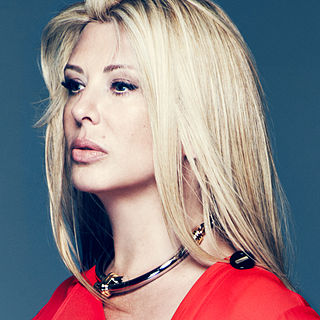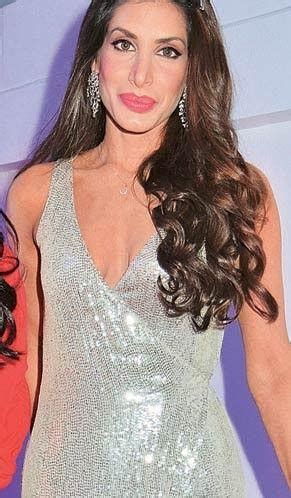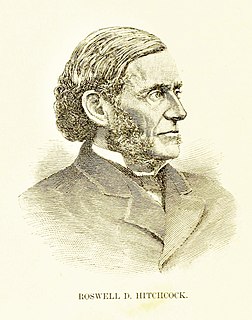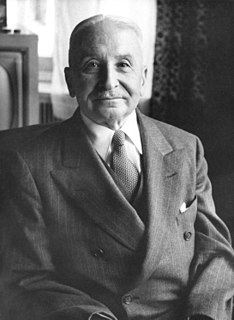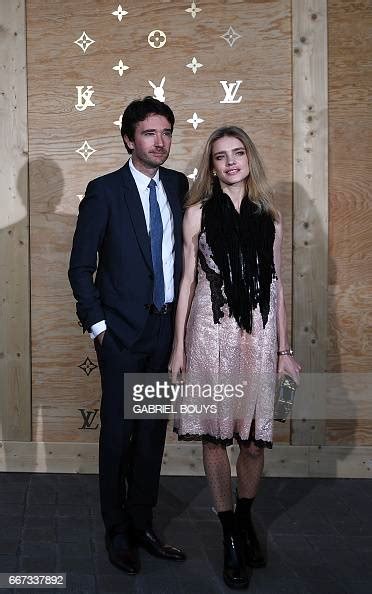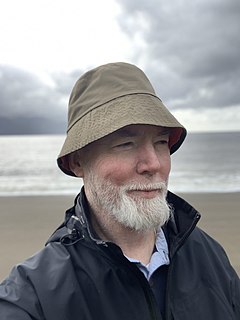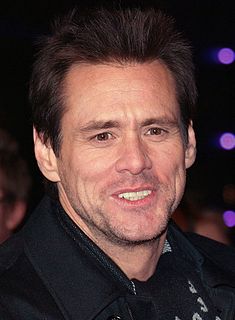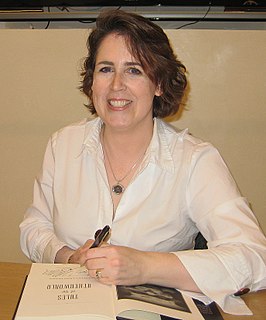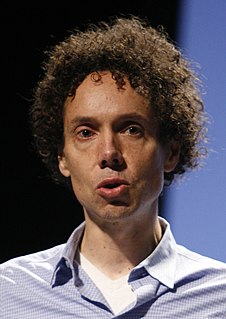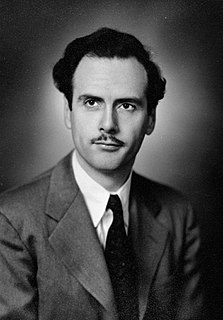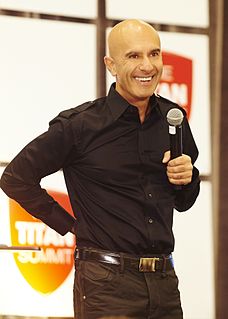A Quote by Monita Rajpal
Most brands that are called luxury brands today are not true luxury brands. The globalization of fashion and luxury means you now find the same luxury brands in every city. The stores look the same, the products are the same. It is still a very good quality product but it is now readily available to everyone. It's a kind of mass luxury.
Related Quotes
All brands, whether high-ticket luxury ones such as Cartier or Rolls-Royce or 'masstige' ones with luxe-y overtones but altogether more affordable, all want to grow. Even brands that may have started in a modestly niche design and lifestyle fashion can find themselves under pressure to go global or to sell out at the top.
Retailing has become fiercely competitive. Today there are many large global fashion companies who have opened up mono-brand stores in major cities around the world. When I first opened my boutique in New York, in 1985, there were almost no other European luxury brands present with their own stores. Now Fifth Avenue is packed with huge stores from major Italian and French labels.
I often get the question from people, "well how can you sell luxury at that price?" What I'm explaining to everyone is I'm still paying the same factory cost as I paid when they were $800. I pay the same as my competitors who are in the luxury space pay, I just don't mark them up as much because I haven't put them in a wholesale channel. I don't have to put that extra margin on them.
The luxury of today is the necessity of tomorrow. Every advance first comes into being as the luxury of a few rich people, only to become, after a time, an indispensable necessity taken for granted by everyone. Luxury consumption provides industry with the stimulus to discover and introduce new, things. It is one of the dynamic factors in our economy. To it we owe the progressive innovations by which the standard of living of all strata of the population has been gradually raised.
